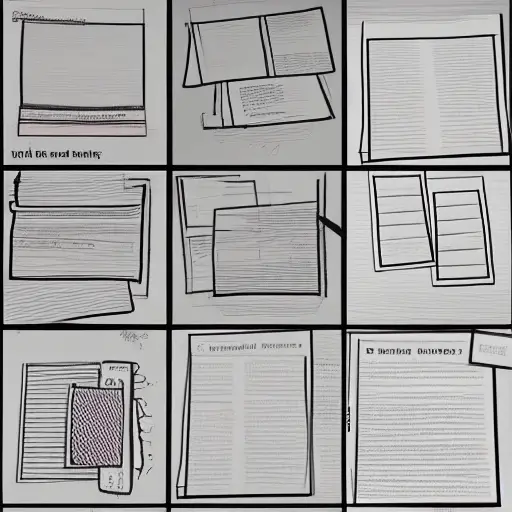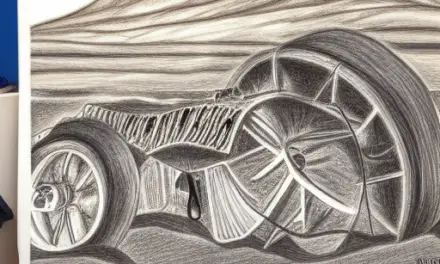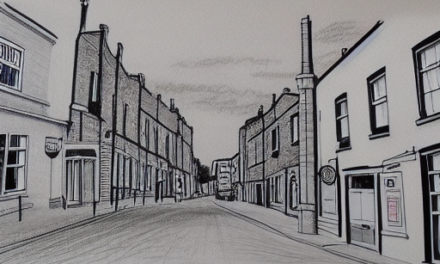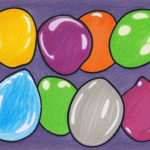There are several ways to organize papers at home. Using a binder divider, stackable plastic bins, hanging file system, and fabric mail organizer are just a few of them. Each of them has its own advantages and disadvantages. To start, you should choose a method that fits your style.
Stackable plastic bins
Stackable plastic bins are a great way to organize papers and other items at home. They’re not only useful as storage containers, but they can be hidden from view, too. There are bins of various sizes to accommodate different types of items. You can buy shallow bins to store miscellaneous items, large bins for folded-up clothes, and everything in between.
If you tend to accumulate a lot of paper, storage bins are a great way to store them. They protect your documents from moisture and pests. This extends the life of your documents. Also, they protect them from wear and tear. These bins can make life easier, and you’ll appreciate the added benefit of a clean work area. And since they’re stackable, they’re easy to move around and keep in a neat, orderly fashion.
Binder dividers
Binder dividers can help you organize your home work. You can use them to sort loose leaf paper into sections. Then, you can label them by hand or with a computer. Some dividers have pockets for storing loose papers. Others can hold papers without holes.
To use binder dividers, print out a free printable template. Cut along the dotted lines on the right and left sides. Place the template on the divider pages of your 3 ring binder. Make sure to line up the dividers with the first divider page. You may want to mark the dividers with a pencil.
Another option is to purchase binder pockets. These are designed to hold paper easily and securely. Some of these binder pockets include tabs for easy access. They are useful for storing extra copies of patterns and pieces of projects. A quick book is also a handy place to keep a variety of items you might need in a hurry. You can also use a quick book for magazine clippings. You can even use tabbed dividers to create different categories based on your interests.
Another great benefit of binder dividers is the ability to easily find the papers you need. This can be particularly helpful for those who are disorganized. It can be daunting to try and find documents in a messy pile. Using binder tabs will make it easier for you to keep your files in order, which in turn will improve your productivity and job performance.
When you purchase binders, it is important to decide on the purposes for which they will be used. For instance, you may want to designate one binder for each category. For example, a pet binder might contain records of your pet. One binder will keep pet records and information, while another binder would be for school work.
If you are going to use binder dividers to organize your home office papers, make sure to label each one with the date and number of sheets. This way, if any pages are lost, you will know where to find them.
Fabric mail organizer
You can make your own mail organizer using fabric and a hot glue gun. It will hold 4 slots for your mail. It can be hung on a door or an empty wall space. You can also purchase paperless alternatives, but they don’t work as well as a traditional mail sorter.
Fabric mail organizers are easy to make and can be upcycled. An old placemat can be turned into an attractive mail organizer. These can hang on the wall or door and will help you organize all the papers you receive at home. This project will only take about an hour and is free.
You can find many types of fabric mail sorters online, and many are made to last for years. This mail sorter comes with two slots – one for bills and another for notices and invitations. In addition, it has a compartment for stationery and pens. It even has an extra space for your keys.
If you are looking for a stylish mail organizer, you can choose a colorful fabric one. There are many designs to choose from, including prints and monochromatic styles. Metal and plastic paper organizers are more eco-friendly than fabric. Fabric organizers can be made of linen, which is durable and easy to clean.
Hanging-file system
You can use a hanging-file system for organizing papers at home. You can use hanging file folders and labels to label each type of file. For example, you can label financial records, family documents, vital records, and taxes. You can also label files by job or subject, making it easier to find what you need.
You should have extra filing supplies available for when you need to add new categories or expand an existing file. This is because filing isn’t exactly exciting. You’ll also want hanging files that feature clear tabs to make labeling easier. This way, you can easily add new categories to your files.
Papers can quickly get too big to handle. To help you cope with paper clutter, Horderly offers three smart strategies for tackling the problem. First, organize your papers into broader categories and then make them into smaller files. The smaller files will make it easier for you to find what you need. You can also store file folders in lidded bins for easy access.
Another option for home filing systems is to use filing cabinets. These are great for storing papers, but be sure to choose the right size. Too big of a filing cabinet could make your paper pile even larger. Using a smaller filing cabinet is also better because you’re likely to keep only important papers.












